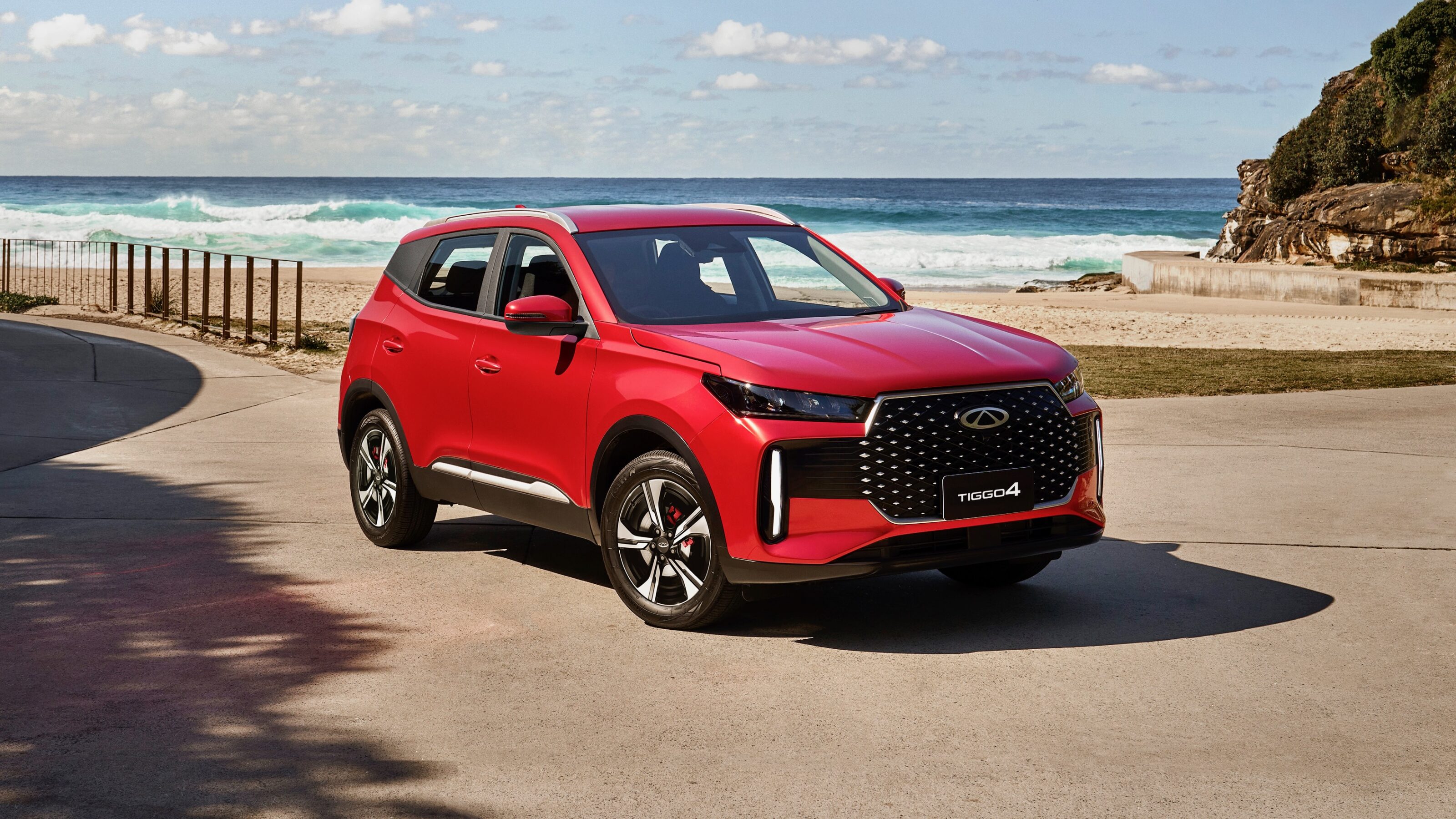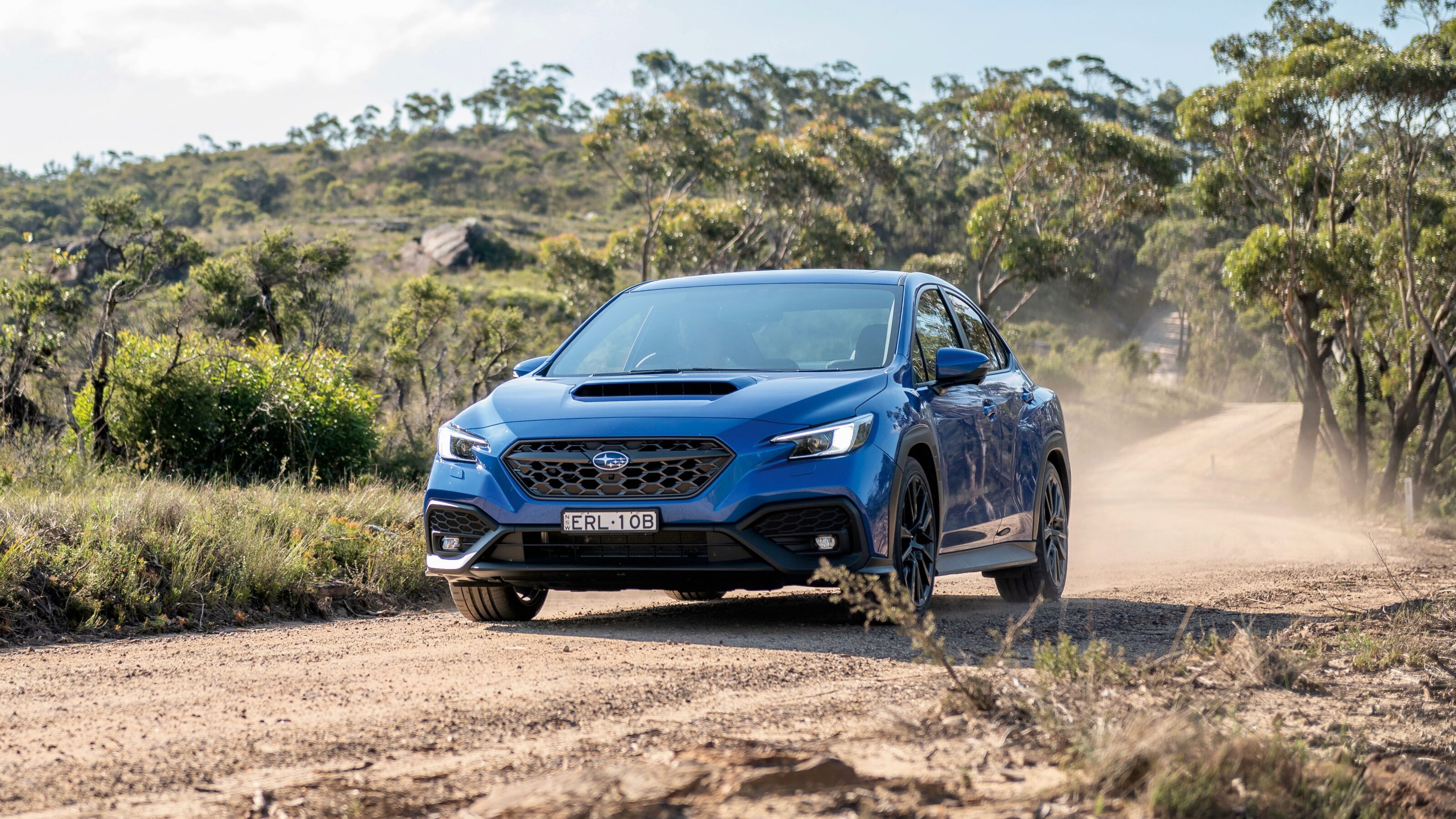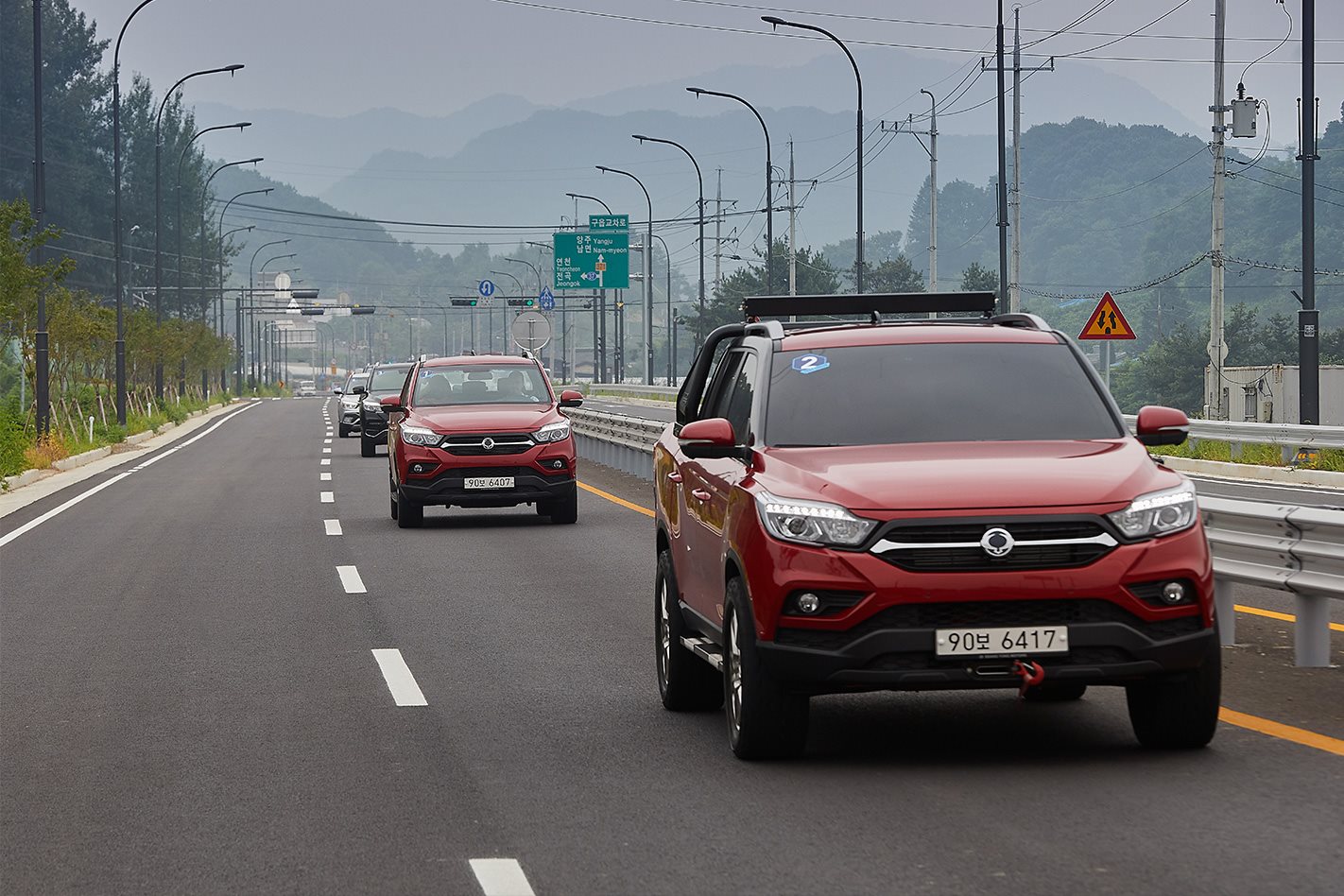
After a near three-year retail hiatus on our shores, SsangYong is ready to rekindle its local presence, with four fresh models lined up to lead the Australian resurrection late this year, followed by a fifth in 2019.
The South Korean car maker has now confirmed that three SUVs and a dual-cab ute will form the foray battalion from November, when it takes the reins from previous custodian Ateco as part of a multi-pronged factory-backed attack on our fearsomely competitive market.
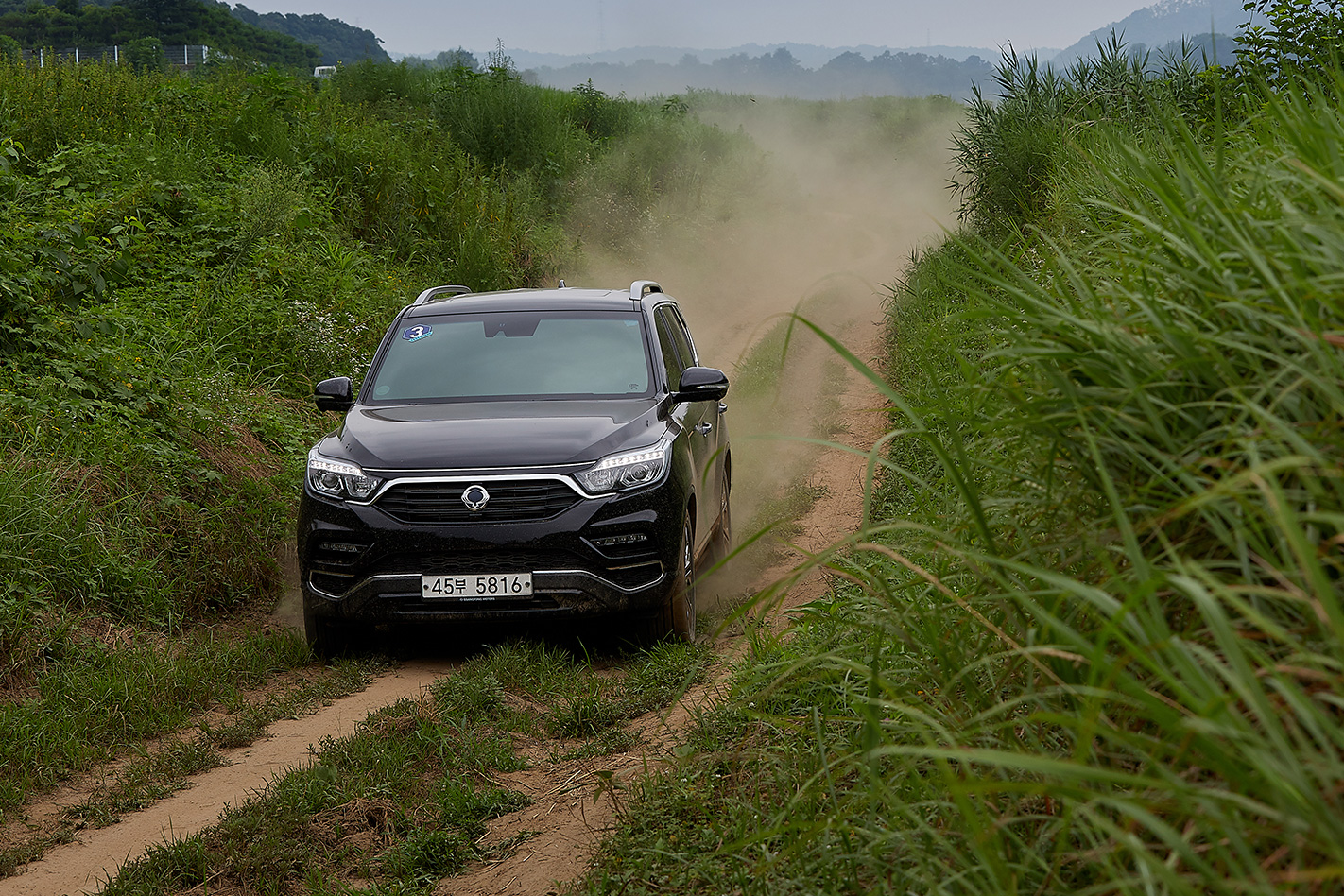
Significantly, it will be the first time SsangYong vehicles will be sold directly from the company, and not via an independent distributor, outside its native South Korea – a statement of intent and commitment, says the company.
Leading the charge will be the Musso dual-cab ute, which will attempt to steal a chunk of the action in the snowballing one-tonne arena. The mechanically related Rexton will look after the large SUV end of the market, while the Tivoli will compete at the more compact end against the likes of Kia’s Sportage, with a stretched version dubbed the XLV bringing a bigger boot.
Exact local specifications and pricing are yet to be confirmed, although company executives revealed that SsangYong will be bargaining hard with prices that are as much as “7.0 percent cheaper” than rival brands and no more than equal cash at the pricier end of each range.
The brand is pitching itself as an authority in off-roaders with each model arriving with all-wheel drive as standard, including the Musso which packs a 2.2-litre e-XDi220 four-cylinder turbodiesel packing 133kW and 400Nm.
Power is fed though a six-speed automatic transmission to switchable four-wheel drive with low-range and a locking rear differential for more all-terrain ability, while six airbags, 360-degree camera, keyless entry/start and Nappa leather are all available.
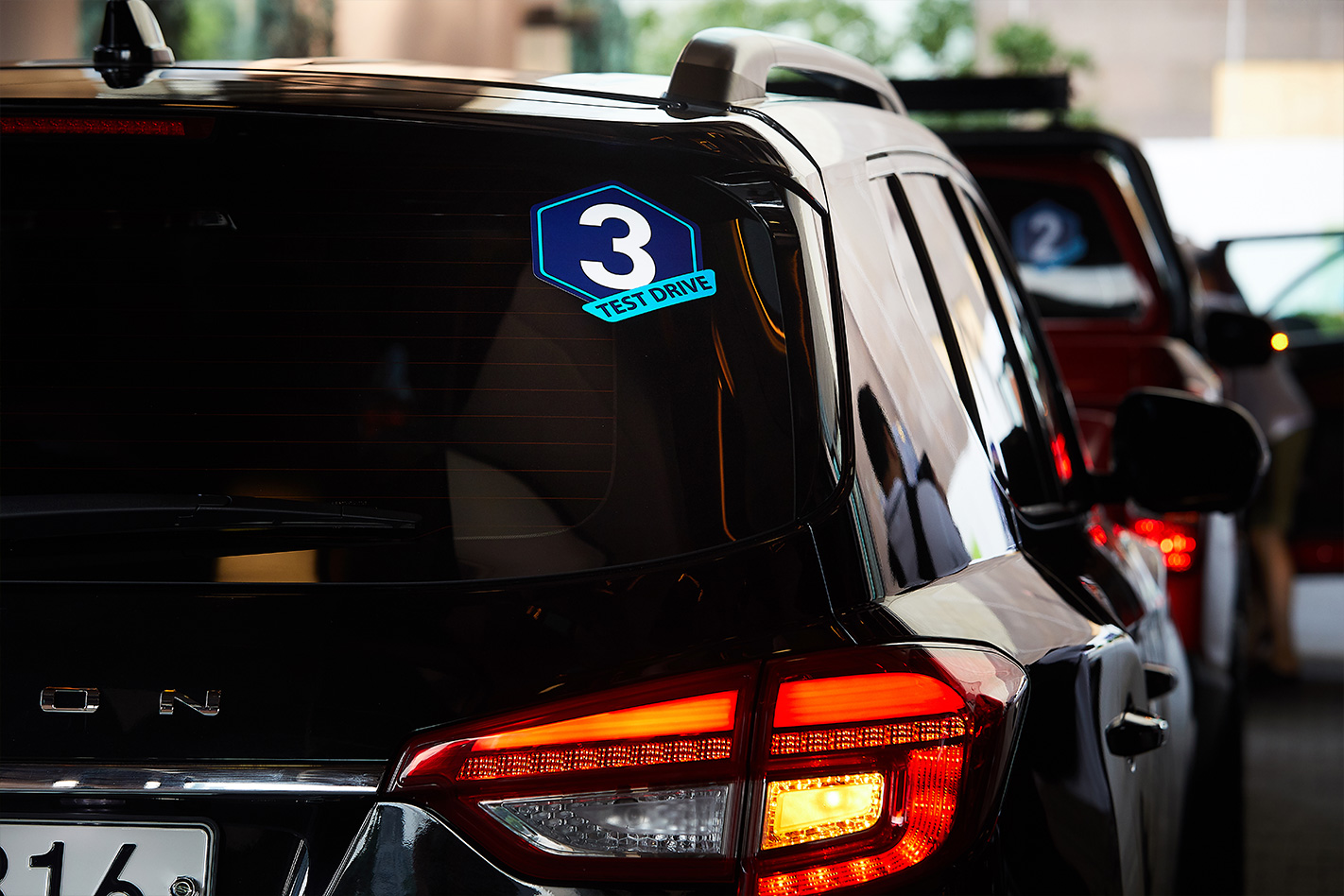
Like Nissan and Mercedes, which have made much of the coil-sprung rear axle fitted to their mechanically=related Navara and X-Class utes, SsangYong’s Musso will offer coil sprung rear end.
Sharing its platform with the Rexton, a short-tray version of the Musso will offer a more car-like multi-link independent suspension set up with coils, while the long-tray version will be on offer with either five-link coil spring live axle or more conventional leaf-sprung set up.
An engine update is expected before 2022 which will boost power to about 150kW and 440Nm for both Musso and Rexton.
The Rexton shares its diesel engine, but has a seven-speed auto that allows the torque to be pumped up to 420Nm and a host of extras to boost safety and interior comfort. Driver-assistance systems are available, including AEB, while nine airbags surround the cabin including driver’s knee type. Creature comforts include heated and ventilated electrically-adjustable front seats, heated steering wheel, and a central 9.2-inch touchscreen complemented by a second 7.0-inch digital display between the gauges.
The smallest end of the new SsangYong range will be occupied by two mechanically identical models with dramatically different names. The Tivoli small SUV differs from its XLV sibling only in boot size, with the latter offering a longer tail and larger luggage area.
In its native Korea, the Tivoli and XLV are powered by a choice of 1.6-litre diesel or petrol engines with 85kW/300Nm and 94kW/160Nm respectively, but both are likely to be updated next year with a new 1.5-litre turbo petrol for greater efficiency.
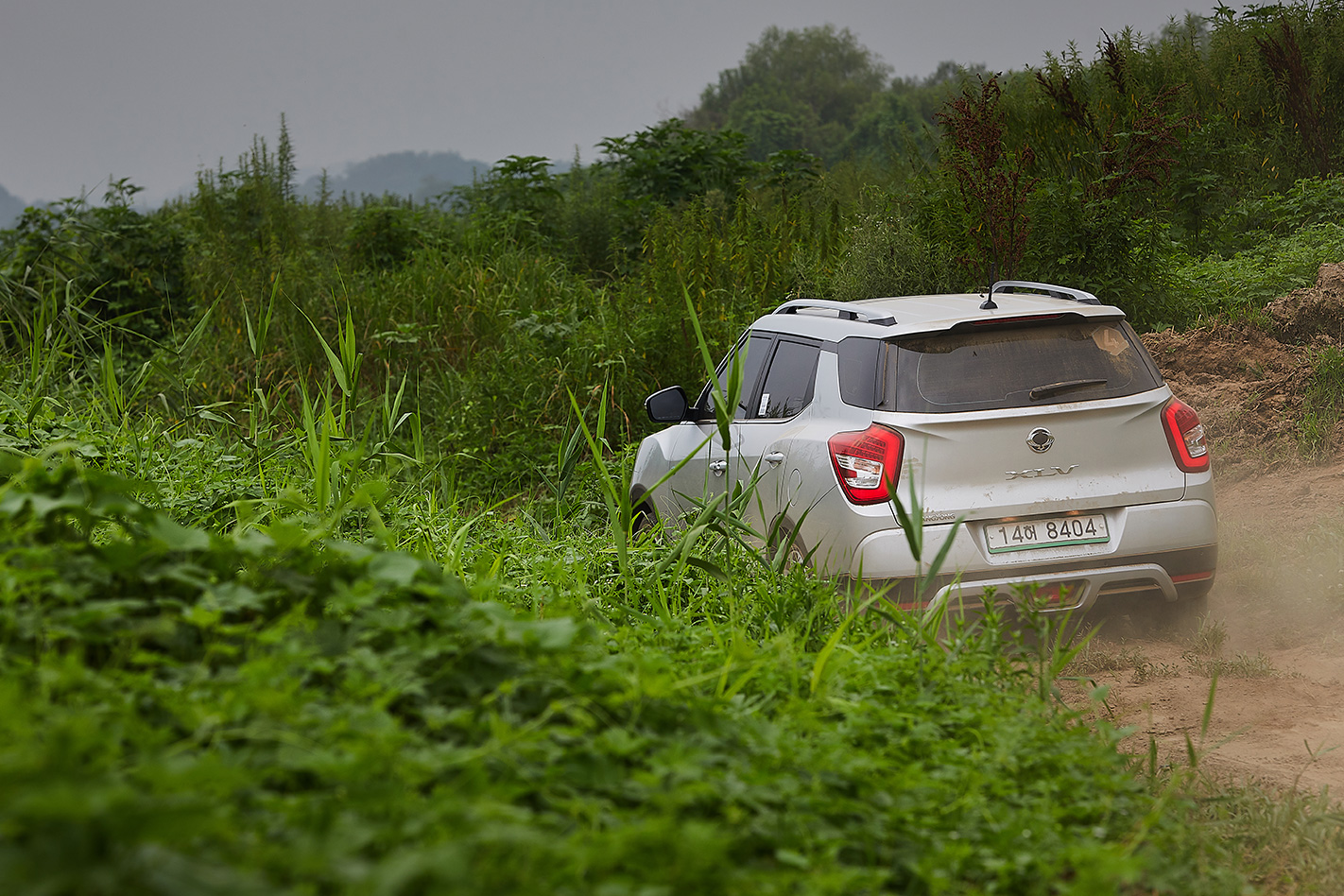
Meanwhile, an even leaner 1.2 litre engine has been confirmed, which loses no power over the current 1.6-litre but boosts torque to 230Nm thanks to a turbo.
As it stands, the Tivoli and XLV send power via a six-speed auto to a variable permanent four-wheel drive system that favours the front wheels for fuel economy, but can bring in the rear axle for extra traction off-road. A manual is also available but unlikely to be coming Down Under.
Following in the first fleet’s footsteps, an all-new Korando will join the range about the middle of 2019 filling the gap between the small and large SUVs to competes against Kia’s Sportage and the Hyundai Tucson.
Beyond that, the roadmap becomes less clear, but SsangYong doesn’t intend to relent with its product onslaught.
By 2022, the company will introduce a new mid-sized SUV that is yet to be revealed or named, completing the high-rider family for the most comprehensive SsangYong line-up yet offered in Australia.
By then we can also expect a new Tivoli with the downsized engines, refreshed Musso and Rexton, and large people mover that’s yet to be confirmed for Australia but is under consideration.
Stare even deeper in to the SsangYong crystal ball and the company will breach further territory with electrification plans including full EVs previewed by a 48-volt electrical sub-systems and starter/generator technology.
Autonomous tech is also on the company radar with Level 2 autonomy coming to the 2019 Korando and Level 3 making its debut in the next Tivoli.
The company’s freshly restructured local team is fully aware of the challenges that lie ahead reintroducing the brand, but says it is prepared for the fight with a strong line-up that is critical to its success.



